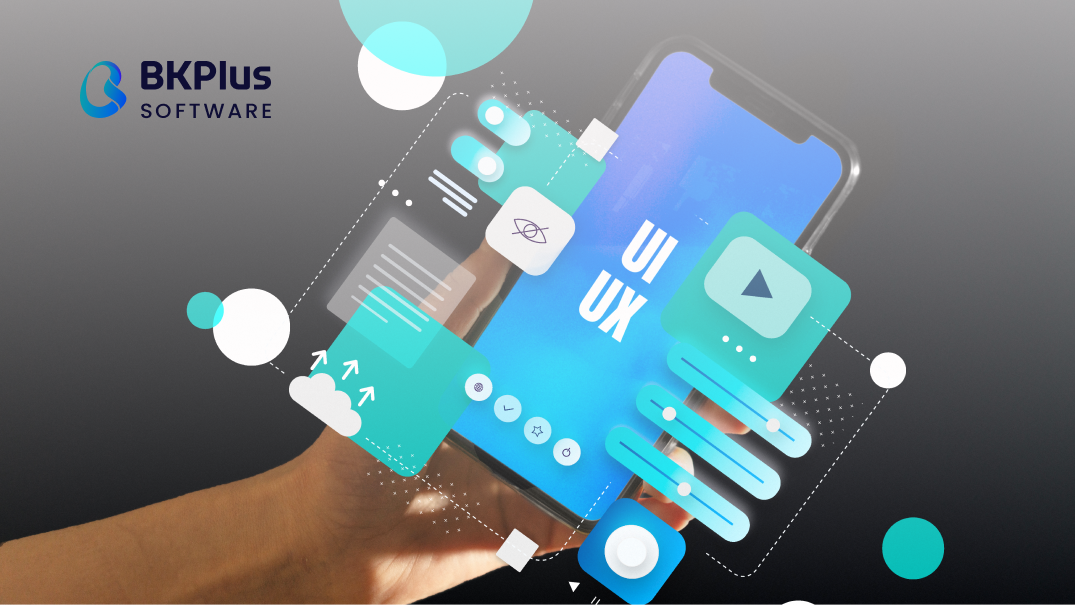As reported by Statista, the number of mobile app downloads is increasing every year. Hence, it’s evident that mobile devices are the primary means of accessing the internet. This means that businesses must prioritize mobile users and their experience by implementing the mobile first design.
In this article, we’ll dive into the world of mobile- first design. We will explore its importance, and benefits. Whether you’re a small business owner, marketer, or web designer, understanding mobile first design is crucial to stay ahead of the game and succeed in today’s mobile-driven world. So let’s get started!
What is Mobile-First Design?
Mobile-first design or Mobile-first approach enables web designers to start product design for mobile devices first. This can be done by sketching or prototyping the web app’s design for the smallest screen first and gradually working up to larger screen sizes.
Prioritizing design for mobiles makes sense as there are space limitations in devices with smaller screen sizes, and teams need to ensure that the key elements of the website are prominently displayed for anyone using those screens. Designing and developing for small screens compels designers to remove anything that isn’t necessary for seamless website rendering and navigation.
Why is Mobile-First Design Important?
The “Mobile-First” principle is a crucial aspect of product design that prioritizes the mobile user experience when creating digital products. There are several reasons why the “Mobile First” principle is so important in product design, including:
- Mobile devices are the primary means of accessing the internet: With more than half of internet traffic coming from mobile devices, designing for mobile first ensures that products are optimized for the most common way people access the web.
- Mobile users have unique needs and constraints: Mobile devices have smaller screens, touch-based interfaces, and limited processing power, which can impact the user experience. Designing with mobile devices in mind ensures that products are user-friendly and intuitive, even on smaller screens.

- Mobile-first design leads to simpler, more streamlined products: By focusing on the most important content and actions, mobile-first design often leads to simpler, more intuitive products that prioritize the user experience.
- It improves SEO performance: Search engines prioritize mobile-friendly websites in their search results, so designing with mobile devices in mind can improve search rankings and attract more organic traffic.
- Mobile- first design enables responsive design: Responsive design allows products to adapt to different screen sizes and devices, providing a seamless experience for users, regardless of their device or screen size.
In short, by designing with mobile devices in mind, businesses can improve engagement, boost conversions, and stay ahead of the competition.
Mobile-First Design Principles
Consider these key elements when designing a website with a mobile-first approach.
- Content first: Always consider your content first and strategically choose what is most important. Visitors will see your header content on both your mobile and desktop site, so ensure it instantly conveys your brand identity. For example, your desktop version might include extra decorative imagery for viewers, but with less space on a mobile version you’ll want to ensure the imagery you display best conveys your brand identity, such as your logo and product images.
- Navigation: Help users move around on your mobile site and meaningfully consume your content by following strategic website navigation tips like adding clear CTAs and choosing the right menus. Many designers will opt for a hamburger menu to make the most out of the usable space on a mobile screen.
- Hierarchy: Consider website hierarchy when designing your website layout for mobile users. Carefully plot out your website content by adding headers and subheaders, utilizing white space, creating image blocks and optimizing navigation tools.
- User-friendly interface: Beyond content and visuals, ensure your mobile-first design is user-friendly. For example, mobile users have direct access to their camera, touch screens, finger and face recognition as well as autocomplete fields. This means that you must attend to your website buttons, as a mobile site user will have higher chances of clicking the wrong button.
- Test on real devices: Before you publish, test your mobile site on real devices to understand how your user will experience your site. Try it on different screen sizes and devices to catch any variances between them
Conclusion
In essence, mobile-first design is not just about designing for smaller screens; it’s about designing for a user-centric, fast, and adaptable web. It’s about recognizing that the majority of your audience is engaging with your content on mobile devices and ensuring they have a positive experience.
Whether you’re embarking on a new web design project or considering a redesign of your existing site, remember that mobile-first design is not merely a design trend—it’s a strategic decision that can impact your website’s success in the digital landscape. By prioritizing mobile users, you’ll not only meet their needs but also future-proof your online presence, ensuring that your website remains relevant and effective in the years to come.
Reach out to us if we can help design your presence for your business that serves your customers’ expectations and your business goals!
BKPlus Software is a Vietnamese website design, software development, and IT outsourcing company. Our team specializes in providing high-quality ReactJS, VueJS, Python, Golang, e-commerce, Node, Flutter, and mobile app development services. Contact us to discuss how we can help leverage your technology for business growth.



